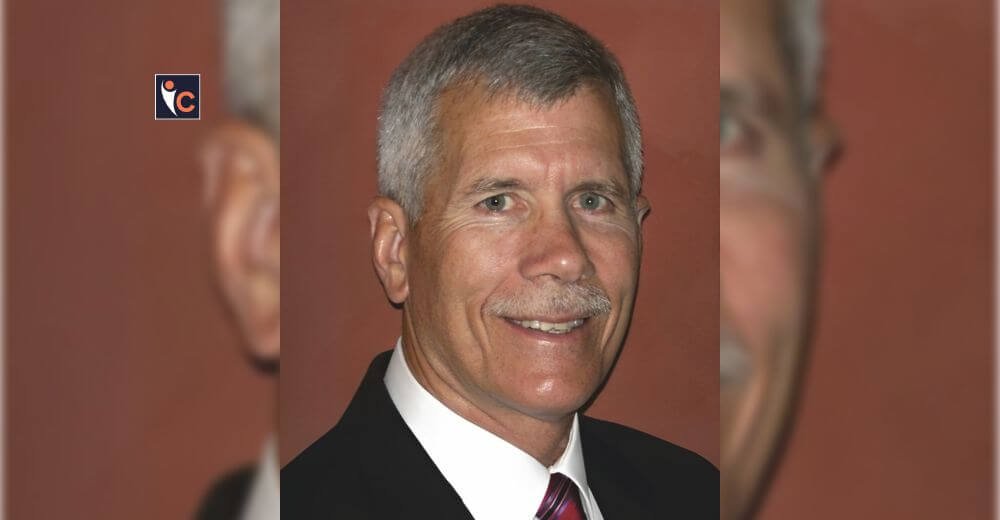To anyone out there who’s hurting, it’s not a sign of weakness to ask for help. It’s a sign of strength. ~~~ BARAK OBAMA
Life is full of uncertainties; youths must be cautious about the amount of danger to which they expose themselves. There are several determinants that could combine to influence suicidal ideation among youths. They include psychiatric, physical, social, and familial determinants, self-esteem, school stress, autonomy, affairs, vulnerability, impulsivity, and thrill-seeking activity. Youths are particularly vulnerable to suicide on account of their emotional immaturity and temperamental instability; rapid additions to knowledge, intense competition, examinations, and poor results expose students to tremendous stress and trigger off depression. Often, high expectations of parents can frustrate them and add to their depression if they are unable to live up to these expectations.
Awareness At School and Media Can Help:
Suicidal prevention through awareness among youths is, therefore, a high priority, given the fact that in many regions, most people in this age group attend school; this appears to be an excellent place to develop appropriate preventive action.
Need for Active outreach and traditional and public campaign to promote mental health and reduce distress is necessary, especially for youths with a history of psychiatric disorder or previous suicidal attempts.
According to WHO, suicide is the fourth leading cause of death among those aged 15-29; more than 700 000 people die due to suicide every year. 77% of global suicides occur in low-and-middle-income-counties (LMIC) like India, among the other 218 countries. A prior suicide attempt is the single most important risk factor for suicide in the general population. Ingestion of pesticides, hanging, and firearms are among the most common methods of suicide globally.
Suicide Rate in India, 2021
In India, according to the National Crimes Record Bureau (NCRB), in 2021, 1,65,033 suicides were reported, and more than 1.39lakh Indians died by suicide in the year 2019, 67% of which were youths (93,061). Compared to 2018 numbers were (89,407). Youth suicide in India has risen by 4%. The overall suicide figures rose by 3.4 % at the same time. Hanging was found to be the most common method of attempting suicide. Around 74,629 people hanged themselves in the year 2019.
The Cause of Suicide in India, including Covid-19 Stressors
Further reports by NCRB reveals that family issues, love affairs, drug abuse, and mental illness (and recently is, COVID-19 Stressor) appear to be the top cause of suicide among youths in India. Major variations are noticed across India, probably related to reporting practices. In 2022 Maharashtra reported the most suicide cases at 22,2027, followed by 18,925 suicides in Tamil Nadu and 14,965 suicides in Madhya Pradesh, All accounting for 50.4% of the total suicides in the country.
COVID-19 stressor is an important suicidal determinant; mental health consequences of the COVID-19 crisis, including suicide ideation, are likely to be present for a long time and peak later than the actual pandemic. The Hindu reported what is possibly the first case of COVID-19-related suicide, which occurred in Kerala (India) on June 2nd, 2020. There was a significantly higher rate of suicidal ideation among youth, increased stress, anxiety, fears, and loneliness among the youth, due to Covid-19, which appears to correspond with times when Covid-19 stressors and community responses (e.g., stay-at-home orders and school closures) were heightened, and indicating that youth experienced elevated distress.
How to Detect Suicide Behavior Before It Happens
Warning signs of suicidal ideation among youths include behavioral, verbal, and non-verbal cues. It is important to observe these warning signs early and seek immediate help to be able to save lives.
- Talking about: wanting to die, having great guilt or shame, and being a burden to others.
- Feelings: empty, hopeless, trapped or having no reason to live, feeling extreme sadness, anxiety, agitated or full of range, unbearable emotional or physical pain.
- Change in behavior such as: making plans to die, isolating from friends, giving away important items or making a will or suicidal notes, taking a dangerous risk, mood swings substance abuse.
- Verbal cues like—Passing a negative statement
- “I want to die, end my life,”
- “I am going to kill myself,”
- “It’s too much to bear,”
- “You would be better without me,”
- “I am not useful,”
- “I don’t want life anymore” should be taken seriously, and urgent help or referral should be done.
Preventing suicide requires strategies at all levels; this includes preventive and protective strategies for individuals, families, and communities. The following ways can help to prevent suicide such as:
- Improving coping and problem-solving skills,
- Self-awareness and emotional regulation,
- Interpersonal relationships with peers, family and mental health and medical provider,
- Stress and Anger management,
- Concentration during class hours,
- Avoid bullying and substance abuse,
- Reach out for help immediately.
Note: Youths who feel suicidal are not likely to seek help directly; however, friends, peers, and school personnel can recognize the warning signs and take immediate action to keep the youth safe.
The following actions should be taken if youths demonstrate signs of suicide:
- Remain calm,
- Speak directly about feelings,
- Assured them that there was help and that they would not feel like this forever,
- Be present and listen,
- Keep them away from means of harm,
- Get help from a psychologist/ psychiatrist/ caregiving adult.
Management of suicidal ideation includes a thorough assessment of the individual’s Current risk of imminent harm and creating a treatment plan in collaboration with the patient and any involved supports. This process needs to be individualized, collaborative, and completed using a calm, cooperative, and curious interview style… Improving the self-confidence and character of the youth will help improve positive behavior.
Skill development programs and encouraging more connections, caring, and compassion among youths can help reduce the incidence of suicidal ideation.
Most people can be treated with a combination of anti-depressant medication and cognitive behavioral therapy; contact your guardian/psychologist/psychiatrist in case of suicidal ideation.
In conclusion, we should recognize that suicide has a powerful effect on the individual’s family, school, and community. We must deal with it as a public health crisis in our schools, clinics, and society. The high suicide rate among youths emphasizes the need for urgent intervention, Suicide is a result of a complex dynamic and the unique interplay between numerous contributing determinants. The youths lack the effort to predict and prevent suicide and tend to fail.
On the other hand, Improving the knowledge regarding determinants of suicidal ideation and making the youth understand the consequences, will help them to avoid extreme stress; creating awareness among youths regarding determinants of suicidal ideation will substantially decrease the amount of suicide among youth.
About the Author:
Priscillia Stephen U
People Tree Hospitals, India
I am Priscillia Stephen U., United States Registered Nurse, MSN, BSN. A mental health advocate with First-Class Degree in Nursing from Dr. NTR University, India, and a Postgraduate Degree holder in Psychiatric Nursing. A seasoned professional Nurse, with multi-year experience working with People Tree Hospitals, one of India’s Best Performing Hospitals.










